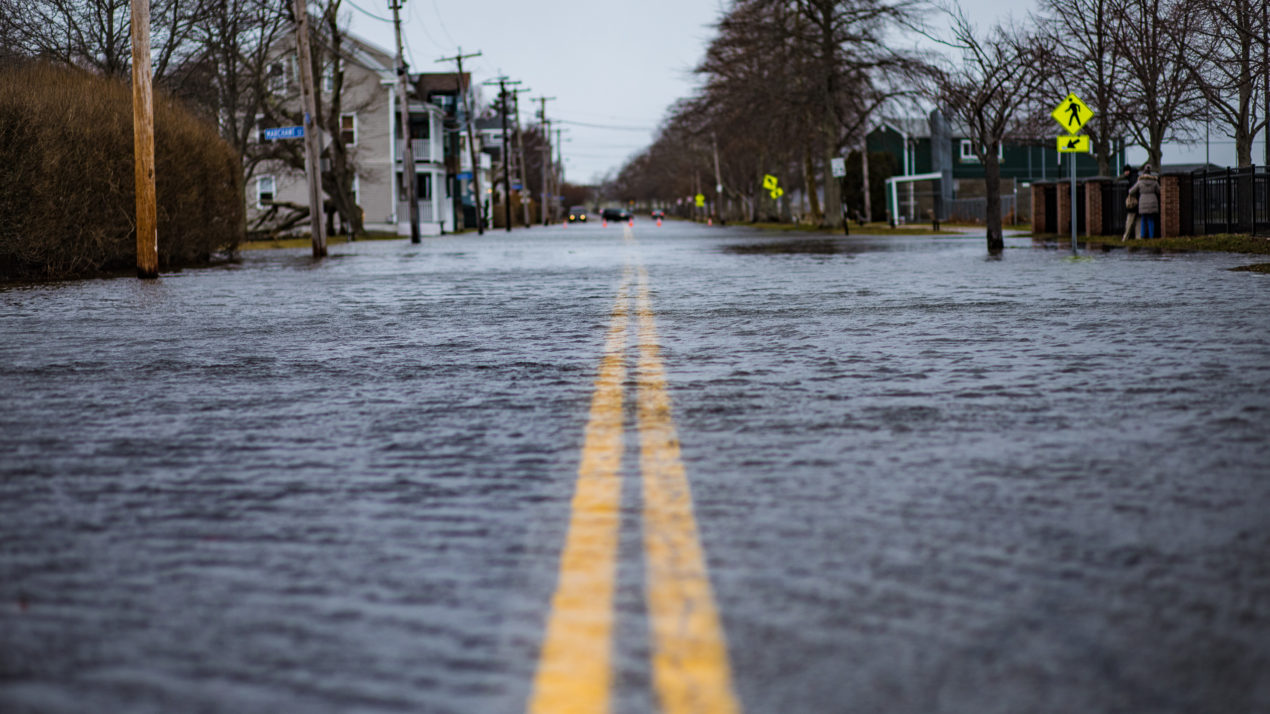
Disruptive weather events across agriculturally productive regions are a major part of commodity price movement.
In case you forgot — last year, the drought and wildfires out West, combined with low soil moisture across the western Corn Belt, prevented strong yields. Meanwhile, Hurricane Ida stopped barge traffic at one of the most important ports in the U.S. Ida also damaged infrastructure for the oil and natural gas industry, impacting fertilizer prices.
And in order to make predictions of similar catastrophes this year, Eric Snodgrass, the chief atmospheric scientist with Nutrien Ag Solutions is keeping his eye on two things: ocean temps in the Gulf of Alaska and the strength of this year’s La Nina.
These two factors will determine how tight of a planting window we’ll have in Wisconsin, he explains. It will also preview what drought conditions will look like this summer.
In other news, our fellow dairymen and women out West are facing severe drought conditions. Severe weather events in other areas of the globe are also disrupting markets. Expect above normal severe weather (tornadoes, thunderstorms) in Wisconsin come June.

Leave a Reply